Museum of the Origins of Man
POST-PALEOLITHIC FUNERARY ARCHITECTURE
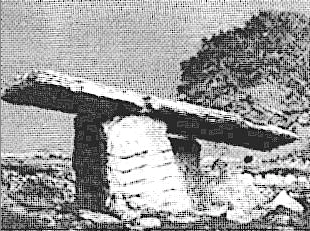
Fig. 25A1) Post-paleolithic funerary architecture (dolmen).
The name dolmen comes from Brittany (France) and derives from the Breton language: dol (table) and men (stone).
Buried under this dolmen were the remains of 22 people, as well as objects for personal use.
Size: 3.6 m long
Location: Poulnabrone, Ireland.
Dating: 4000-2000 B.C. approx.
Note: the dark, wavy lines on the dolmen are produced by a postmark, as the picture is taken from a postcard (picture of the postcard by Peter Zoller).
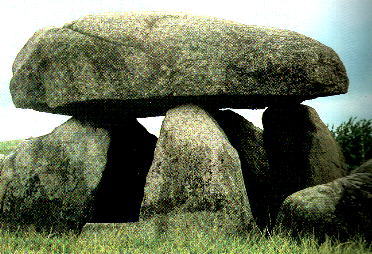
Fig. 25A2) Post-paleolithic funerary architecture (dolmen).
Location: Jutland, Denmark.
Dating: 3000-2000 BC.
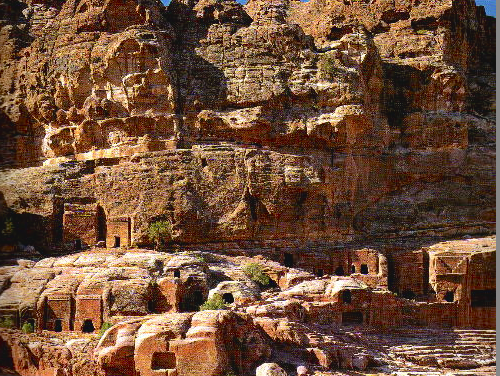
Fig. 25A3) Post-paleolithic rock funerary architecture.
Theatre Necropolis, Petra.
This necropolis is one of the oldest in Petra, located at the entrance to the city. Noteworthy are the different types of tombs.
Dating: 312 B.C.-106 A.D

Fig. 25A4) Post-paleolithic rock funerary architecture.
Tombs of the Lycia kings dug into the rock on a cliff. The Lycians were probably the first to use this type of burial.
Location: Dalyan (present-day Turkey)
Dating: approx. 400 BC, corresponding to the Persian Empire.
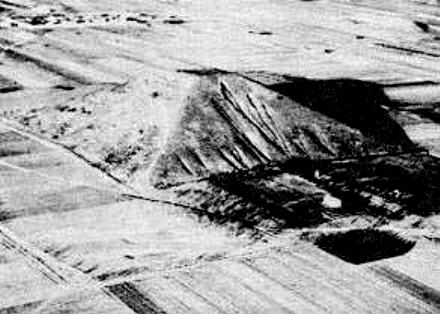
Fig. 25A5) Post-Paleolithic funerary architecture.
The so-called and controversial White Pyramid.
Size: enormous.
Location: Qin Ling Shan ?, China.
Dating: 3000-2500 B.C. ?
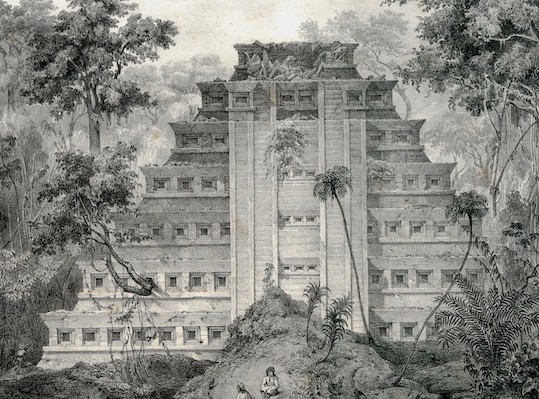
Fig. 25A6) Post-paleolithic funerary architecture.
Rowed pyramid of 365 overlapping niches (7 floors), with sculptures, originally painted in red and black, which reminds the monumental building of Southeast Asia (from a lithograph in C. Nebel, "Voyage pittoresque et archéologique dans la partie la plus intéressante du Mexique", 1836).
Size: 20 m approx.
Location: archaeological site El Tajion, Papantla, Veracruz, Mexico (World Heritage Site).
Dating:800 BC-1200 AD
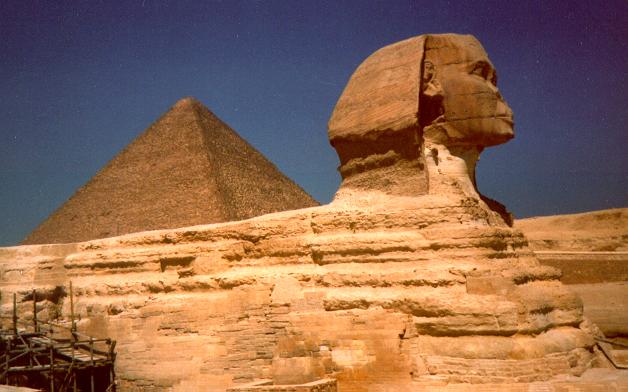
Fig. 25A7) Post-paleolithic funerary architecture.
Pyramid of Giza and Sphinx. Egypt.
Dating : 2570-2135 B.C., IV Dynasty.
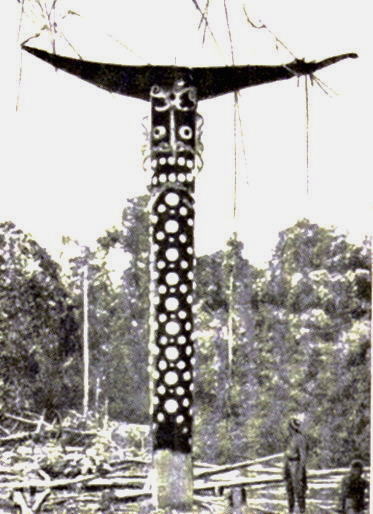
Fig. 25A8)Post-Paleolithic funerary architecture.
Tomb of a Klemantau chief: the coffin, in the form of a pirogue, is at the end of the wooden column, carved and painted.
Size: evident comparing with the people next to it.
Location: Borneo.
NEXT
Index
HOME PAGE
Copyright©1999-2020 by Museum of the Origins of Man, all rights reserved.








